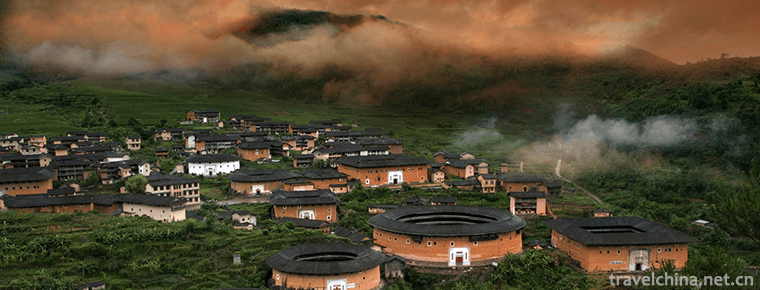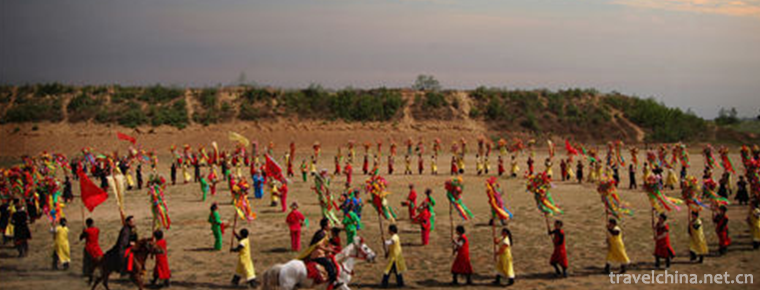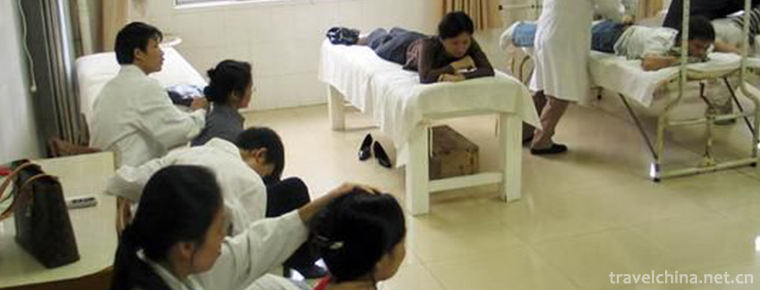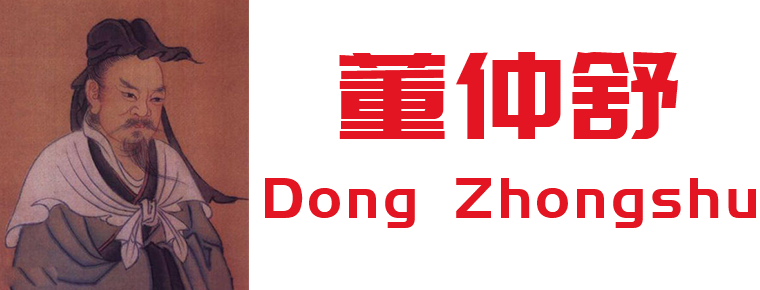Nanchong transportation
Nanchong transportation
In 2019, the total mileage of Nanchong highway is 23100 km, including 574.06 km of expressway. The highway freight turnover was 10.921 billion ton kilometers, down 1.6% from 2018, and the highway passenger transportation turnover was 2.511 billion person kilometers, 17.7% lower than that in 2018.
transit
In November 1965, Nanchong Public Transport Co., Ltd. was established, and now operates 1-48 (no 23, 28, 36, 41, 44) K46, K56, Logistics Park Special Line No. 1-5, as well as buses from urban area to towns under municipal jurisdiction. The city's main transportation hub, urban government, airport, railway station, tourist attractions, science, education, culture and health area are connected to form a relatively perfect public transport network.
Railway
The Chengdu Chengdu railway runs through the East and West, while the Lanzhou Chongqing railway runs through the north and the south. The two railways belong to the east-west and North-South traffic arteries of Southwest China and Sichuan Chongqing region respectively. In July 2013, Nanchong City completed the Research Report on medium and long term railway network development planning of Nanchong City. In the future, Nanchong railway will form a "meter" shaped railway grid bureau with Nanchong as the center and "connecting the East with the west, transmitting from the south to the north, covering the whole area and guiding the east of Sichuan". The construction of the "two vertical, two horizontal and four radial" railway corridor will effectively integrate into the "West Triangle" economic circle.
water transport
Jialing River drainage project is the first "water highway" in China. Nanchong port, the first port on the Qianli Jialing River, is an important gateway to the Yangtze River in Northwest China and Northeast Sichuan. The 1000 ton fleet can go from Nanchong to Guangyuan in the north and Chongqing in the south to Shanghai. Five port areas, including Jiashun port area, Yilong port area, Langzhong port area, southern port area and Peng'an port area, are planned and constructed, with a total of 11 operation areas.
aviation
Nanchong Gaoping Airport: it is a 4C level airport reserved for 4D. The existing airport is a 2800m long and 60m wide new runway built at the end of 2012, and has been put into use in early 2013. The old runway has been changed into a smooth track for aircraft to enter and leave the main runway, and the civil apron has been expanded to more than 60000 square meters. At present, Nanchong Gaoping airport is being reconstructed and expanded in accordance with the national open port airport, with an annual throughput of 3.5-5 million person times. The old terminal is demolished and the new terminal is 36000 square meters. More than eight boarding bridges and remote stands are built. A complete border inspection, customs and inspection and quarantine system is set up. Overseas flight areas are added, and the appearance of the terminal is integrated It is expected that the whole reconstruction and expansion will start in 2019.
As of October 2018, Nanchong airport has opened Shanghai Nanchong Kunming, Nanchong Beijing, Nanchong Guangzhou, Nanchong Shenzhen, Nanchong Huizhou, Nanchong Shantou (Jieyang), Xi'an Nanchong Sanya, Lhasa Nanchong Nanchang, Nanchong Guilin Guangzhou (suspended), Nanning Nanchong Tianjin, Nanning Nanchong Jinan, Urumqi Nanchong Wenzhou, Nanchong Changsha Xiamen (suspended) Lijiang Nanchong Nanjing (Zhengzhou) will be opened soon, and Nanchong Shenzhen will be encrypted. Seven airlines will fly and open 18 cities, initially covering the East, West, North and south of the mainland. In 2018, the airport passenger throughput is expected to exceed 1 million.

Nanchong transportation
-
KangrinboqeMount Kailash
Views: 265 Time 2018-10-12 -
Fujian earth building (Fujian Tulou)
Fujian Tulou is also called "Hakka Tulou" because most of it is built by Fujian Hakka people. Tulou came into being in Song and Yuan Dynasty and matured in the late Ming
Views: 200 Time 2018-12-08 -
Golden Sands Beach
Golden Beach is located in the southern end of Shandong Peninsula, the Yellow Sea coast of Qingdao Huangdao District, Golden Beach Road. It is bordered by the Yellow Sea in the South and stretches
Views: 148 Time 2019-01-26 -
Checkerboard Mesa Qipanshan Mountain
Qipanshan is located in the northeast of Shenyang City, adjacent to Fushun in the east, Hunhe in the west, Tieling in the South and Hadaling in the north. It is located
Views: 251 Time 2019-02-07 -
Running curtain
Running curtain originated in the Spring and Autumn Period and Warring States Period, formed in the Qin and Han Dynasties, flourished in the Song, Yuan, Ming, Qing Dynasty and the early Republic of Ch
Views: 349 Time 2019-06-09 -
Shaoxing Pinghu Tune
Shaoxing Pinghu Diao, also known as "Yuejun Nanci", or "Shaoxing Pinghu Diao" for short, is a popular form of folk art in Shaoxing and its surrounding areas in Zhejiang Province. I
Views: 168 Time 2019-06-14 -
Wutaishan Buddhist Music
Wutai Mountain Buddhist music refers to the traditional Buddhist music that has been circulating for a long time in the temples of Wutai Mountain, the top four famous mountains of Chinese Buddhism. Wu
Views: 136 Time 2019-06-29 -
Bone setting therapy of traditional Chinese medicine
Bone-setting, traditional Chinese medicine refers to the treatment of fracture, dislocation and other diseases by pushing, pulling, pressing and pressing. Orthopaedics, as a specialty name, is a speci
Views: 331 Time 2019-08-10 -
Dong Zhongshu
Dong Zhongshu (179 BC - 104 years ago), Guang Chuan (Hebei Jingxian County southwest, Jingxian County, Gucheng, Zaoqiang three counties junction) people, the Western Han Dynasty. philosopher emperor j
Views: 131 Time 2019-09-07 -
Wannan Medical College
Wannan Medical College is located in Wuhu, a famous historical city known as "the great port of the Yangtze River and the backbone of Anhui". It is close to the vast Yangtze River and gather
Views: 167 Time 2019-11-19 -
Hunter peak
Hunter peak is located in the Shuangqiao gully of Siguniang mountain, with an altitude of 5360 meters and adjacent to Jianzi mountain. The two peaks stand shoulder to shoulder, with a huge stone pillar in the middle
Views: 239 Time 2020-11-05 -
Suining transportation
Suining is a transportation hub city in Sichuan Province, with an equal distance of 128 km between Suining and Chengdu Chongqing. It is an important node city and secondary comprehensive transportation hub between Chengdu and Chongqing. 237km "3-way 7-line" railway
Views: 143 Time 2020-12-16









